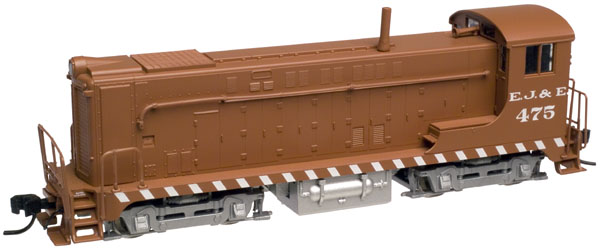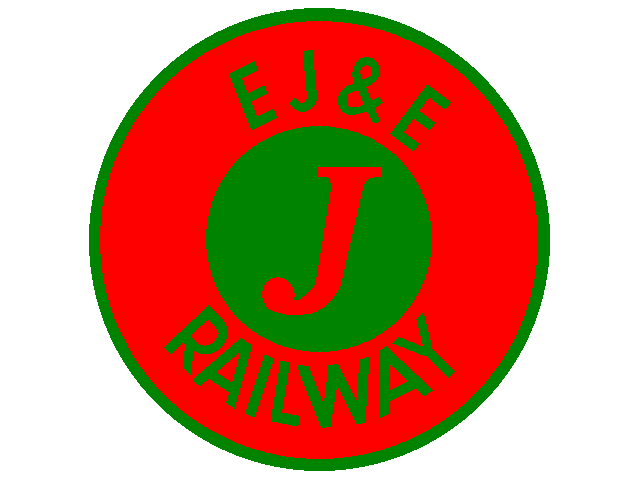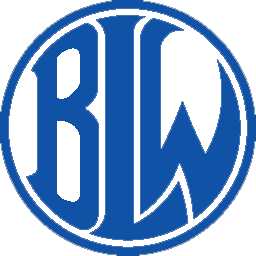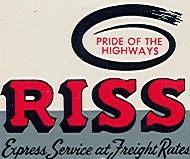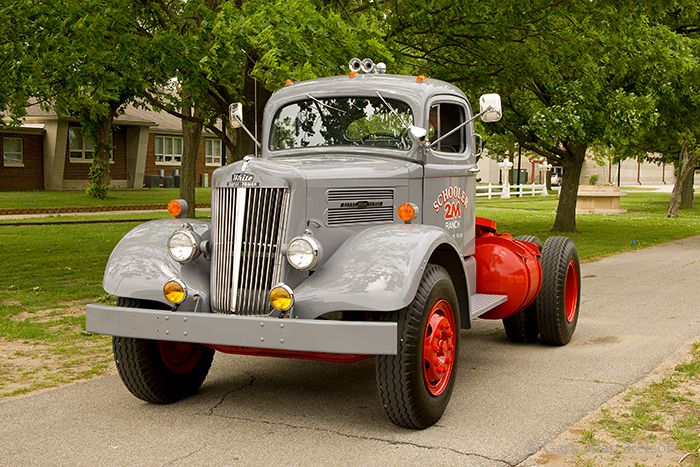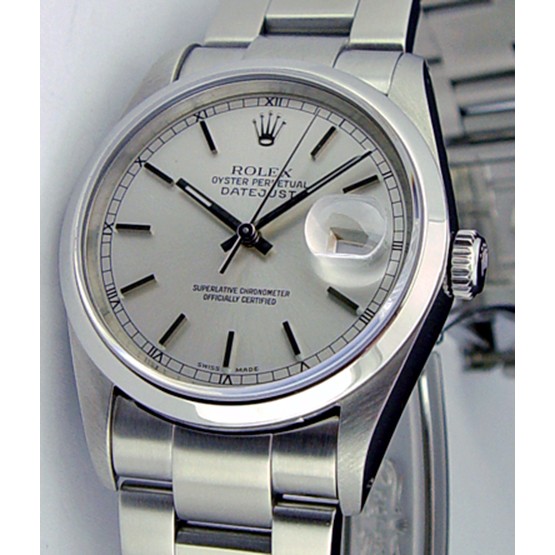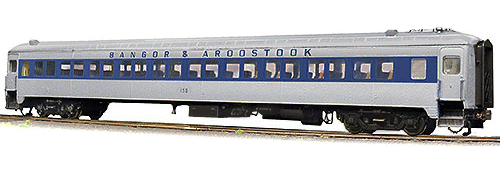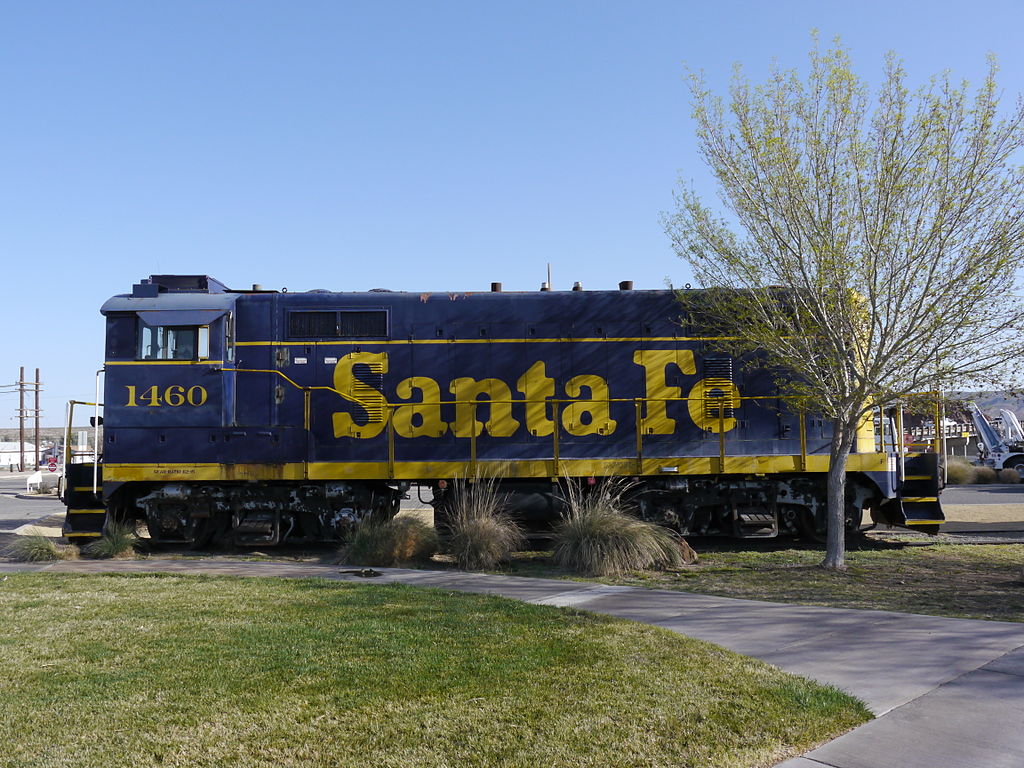Atlas - 50716 - Locomotive, Diesel, Baldwin VO-1000 - Elgin Joliet & Eastern - 477
| Stock Number | 50716 |
| Original Retail Price | $144.95 |
| Brand | Atlas |
| Manufacturer | Atlas |
| Body Style | Atlas Diesel Engine VO-1000 |
| Image Provider's Website | Link |
| Prototype Vehicle | Locomotive, Diesel, Baldwin VO-1000 (Details) |
| Road or Company Name | Elgin Joliet & Eastern (Details) |
| Reporting Marks | EJE |
| Road or Reporting Number | 477 |
| Paint Color(s) | Brown/White/Sliver |
| Coupler Type | AccuMate Magnetic Knuckle |
| Wheel Type | Chemically Blackened Metal |
| Wheel Profile | Small Flange (Low Profile) |
| DCC Readiness | DC/DCC Dual Mode Decoder |
| Announcement Date | 2010-06-01 |
| Release Date | 2010-12-01 |
| Item Category | Locomotives |
| Model Type | Diesel |
| Model Subtype | Baldwin |
| Model Variety | VO-1000 |
| Prototype Region | North America |
| Prototype Era | NA Era III: Transition (1939 - 1957) |
| Scale | 1/160 |
Prototype History:
The Baldwin VO-1000 was a diesel-electric locomotive (switcher) built by Baldwin Locomotive Works between January, 1939 and December, 1946. The 236,260–242,200 lb (107,170–109,860 kg) units were powered by a normally aspirated eight-cylinder diesel engine rated at 1,000 horsepower (746 kW), and rode on a pair of two-axle trucks in a B-B wheel arrangement. These were either the AAR Type-A switcher trucks, or the Batz truck originally developed by the Atchison, Topeka and Santa Fe Railway as a leading truck for steam locomotives. 548 examples of this model were built for American railroads, including examples for the Army and Navy.
Between June and August, 1945 Baldwin supplied 30 Co-Co road locomotives with 8-cylinder VO engines for export to the Soviet Union as their Дб20 (Db20) class.
There are at least eight intact examples of the VO-1000 that are known to survive today, most of which are owned by museums or historical societies. However, a VO-1000m is owned by the Northwestern Pacific Railroad, a local freight carrier based out of Schellville, California.
From Wikipedia
Between June and August, 1945 Baldwin supplied 30 Co-Co road locomotives with 8-cylinder VO engines for export to the Soviet Union as their Дб20 (Db20) class.
There are at least eight intact examples of the VO-1000 that are known to survive today, most of which are owned by museums or historical societies. However, a VO-1000m is owned by the Northwestern Pacific Railroad, a local freight carrier based out of Schellville, California.
From Wikipedia
Road Name History:
The EJ&E dates from 1888. For most of its history, it was owned by US Steel whose Gary Works is near the east end of the line. Another company owns the mill now.
The EJ&E traces a wide arc around the Chicago area between 30 and 40 miles from the city center from Waukegan on the north, around Walker and Joliet, then east as far as Porter, Indiana. Because of this, the EJ&E was known for years as “The Chicago Outer Belt.” It also had the nickname, “The J”.
EJ&E’s two biggest missions have been moving steel and acting as a transfer road for all of Chicago’s Class 1’s and shortlines. As a result, the line was heavily trafficked with 100 locomotives required to serve just 230 route miles. In addition, EJ&E had over 10,000 freight cars, a huge fleet for a line that size.
In the early diesel days, EJ&E stuck mostly with Baldwin and EMD with a few Alco RS2’s thrown in. The J had more Baldwin center cab transfer engines (DT 6-6-2000) than anyone else, in fact more than just about everyone else combined. Ballasted EMD SD7’s painted in green over orange were also used in transfer service. EMD NW2’s were the primary switchers. In 1970, the Baldwins were replaced by EMD SD38-2’s, delivered with dual controls to they could just as easily run long hood forward. By that time, EJ&E had gone to solid orange with silver trucks and fuel tanks with various striping and logo placement variations over the years. They would also toy with gold and yellow and green and yellow schemes.
In 2009 the Elgin Joliet & Eastern was acquired by Canadian National in order to link their former Wisconsin Central, Illinois Central, Chicago Central & Pacific, and Grand Trunk Western lines. These lines approached the city from different directions and had required trackage rights and terminal roads to reach each other so acquiring the EJ&E was a logical move.
The EJ&E traces a wide arc around the Chicago area between 30 and 40 miles from the city center from Waukegan on the north, around Walker and Joliet, then east as far as Porter, Indiana. Because of this, the EJ&E was known for years as “The Chicago Outer Belt.” It also had the nickname, “The J”.
EJ&E’s two biggest missions have been moving steel and acting as a transfer road for all of Chicago’s Class 1’s and shortlines. As a result, the line was heavily trafficked with 100 locomotives required to serve just 230 route miles. In addition, EJ&E had over 10,000 freight cars, a huge fleet for a line that size.
In the early diesel days, EJ&E stuck mostly with Baldwin and EMD with a few Alco RS2’s thrown in. The J had more Baldwin center cab transfer engines (DT 6-6-2000) than anyone else, in fact more than just about everyone else combined. Ballasted EMD SD7’s painted in green over orange were also used in transfer service. EMD NW2’s were the primary switchers. In 1970, the Baldwins were replaced by EMD SD38-2’s, delivered with dual controls to they could just as easily run long hood forward. By that time, EJ&E had gone to solid orange with silver trucks and fuel tanks with various striping and logo placement variations over the years. They would also toy with gold and yellow and green and yellow schemes.
In 2009 the Elgin Joliet & Eastern was acquired by Canadian National in order to link their former Wisconsin Central, Illinois Central, Chicago Central & Pacific, and Grand Trunk Western lines. These lines approached the city from different directions and had required trackage rights and terminal roads to reach each other so acquiring the EJ&E was a logical move.
Brand/Importer Information:
In 1924 Stephan Schaffan, Sr. founded the Atlas Tool Company in Newark, New Jersey. In 1933 his son, Stephan Schaffan, Jr., came to work for his father at the age of sixteen. Steve Jr. built model airplanes as a hobby and frequented a local hobby shop. Being an enterprising young man, he would often ask the owner if there was anything he could do to earn some extra spending money. Tired of listening to his requests, the hobby-store owner threw some model railroad track parts his way and said, "Here, see if you can improve on this".
In those days, railroad modelers had to assemble and build everything from scratch. Steve Jr. created a "switch kit" which sold so well, that the entire family worked on them in the basement at night, while doing business as usual in the machine shop during the day.
Subsequently, Steve Jr. engineered the stapling of rail to fiber track, along with inventing the first practical rail joiner and pre-assembled turnouts and flexible track. All of these products, and more, helped to popularize model railroading and assisted in the creation of a mass-market hobby. The budding entrepreneur quickly outgrew the limitations of a basement and small garage operation. Realizing they could actually make a living selling track and related products, Steve and his father had the first factory built in Hillside, New Jersey at 413 Florence Avenue in 1947. On September 30, 1949, the Atlas Tool Company was officially incorporated as a New Jersey company.
In 1985, Steve was honored posthumously for his inventions by the Model Railroad Industry Association and was inducted into the Model Railroad Industry Hall of Fame in Baltimore, Maryland. In addition, Steve was nominated and entered into the National Model Railroad Association Pioneers of Model Railroading in 1995.
In the early 1990s, the Atlas Tool Company changed its name to Atlas Model Railroad Company, Inc.
In those days, railroad modelers had to assemble and build everything from scratch. Steve Jr. created a "switch kit" which sold so well, that the entire family worked on them in the basement at night, while doing business as usual in the machine shop during the day.
Subsequently, Steve Jr. engineered the stapling of rail to fiber track, along with inventing the first practical rail joiner and pre-assembled turnouts and flexible track. All of these products, and more, helped to popularize model railroading and assisted in the creation of a mass-market hobby. The budding entrepreneur quickly outgrew the limitations of a basement and small garage operation. Realizing they could actually make a living selling track and related products, Steve and his father had the first factory built in Hillside, New Jersey at 413 Florence Avenue in 1947. On September 30, 1949, the Atlas Tool Company was officially incorporated as a New Jersey company.
In 1985, Steve was honored posthumously for his inventions by the Model Railroad Industry Association and was inducted into the Model Railroad Industry Hall of Fame in Baltimore, Maryland. In addition, Steve was nominated and entered into the National Model Railroad Association Pioneers of Model Railroading in 1995.
In the early 1990s, the Atlas Tool Company changed its name to Atlas Model Railroad Company, Inc.
Item created by: Bryan
on 2016-08-02 18:47:05
Last edited by: gdm on 2018-09-07 22:52:32
If you see errors or missing data in this entry, please feel free to log in and edit it. Anyone with a Gmail account can log in instantly.
Last edited by: gdm on 2018-09-07 22:52:32
If you see errors or missing data in this entry, please feel free to log in and edit it. Anyone with a Gmail account can log in instantly.


